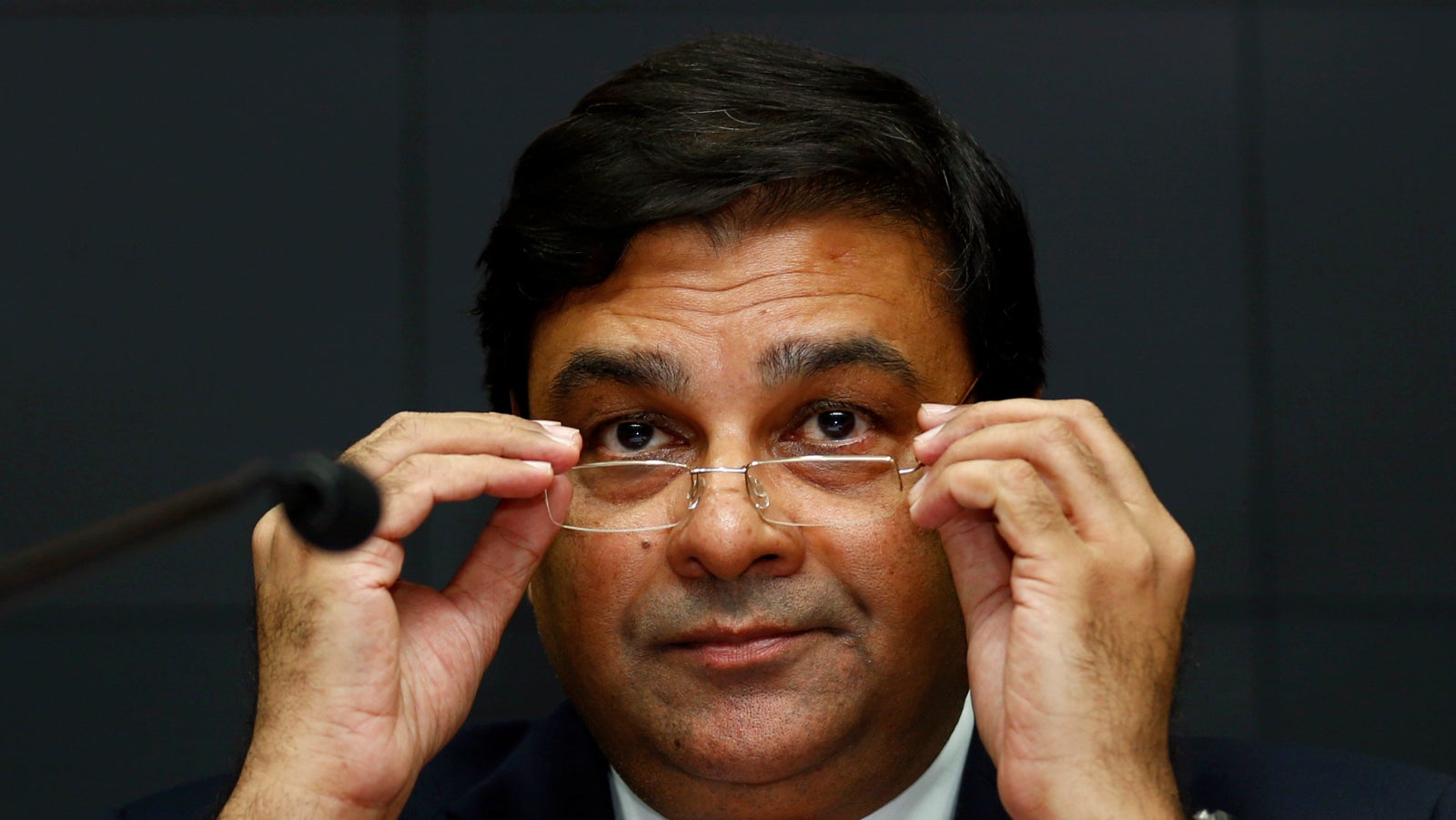RBI delivers a shocker: key rate remains unchanged even as India struggles to find cash
The Reserve Bank of India (RBI) on Dec. 07 unexpectedly kept the repo rate unchanged at 6.25%.


The Reserve Bank of India (RBI) on Dec. 07 unexpectedly kept the repo rate unchanged at 6.25%.
The central bank’s decision comes as a surprise because most analysts and economists expected RBI governor Urjit Patel to cut rates as prime minister Narendra Modi’s demonetisation drive has resulted in a massive liquidity crunch. A majority of the over 60 respondents of a Reuters poll had said that RBI will cut rates.
The repo rate is the rate at which the central bank lends to commercial banks. A cut in the repo rate means the overall cost of lending in the economy drops once banks pass on the benefits to customers.
While inflation in Asia’s third-largest economy has eased, economic indicators for November haven’t been encouraging after Modi’s decision to ban Rs500 and Rs1,000 notes. Small businesses are facing a massive cash crunch and private consumption could take a big hit as Indians struggle to meet their daily cash needs.
Amid this challenging situation, a rate cut would have given investors some respite. RBI said that the impact of demonetisation is still unclear.
“In India, while supply disruptions in the backwash of currency replacement may drag down growth this year, it is important to analyse more information and experience before judging their full effects and their persistence—short-term developments that influence the outlook disproportionately warrant caution with respect to setting the monetary policy stance,” RBI said in the policy statement.
“If the impact is transient as widely expected, growth should rebound strongly,” it added. The policy statement also said there are “short-term disruptions” in cash-intensive sectors like hotels and transportation, as well as the unorganised sector. Demand would also be hit, the statement said.
India’s benchmark equity index, the Sensex, fell 155 points close at 26,236.87 points.